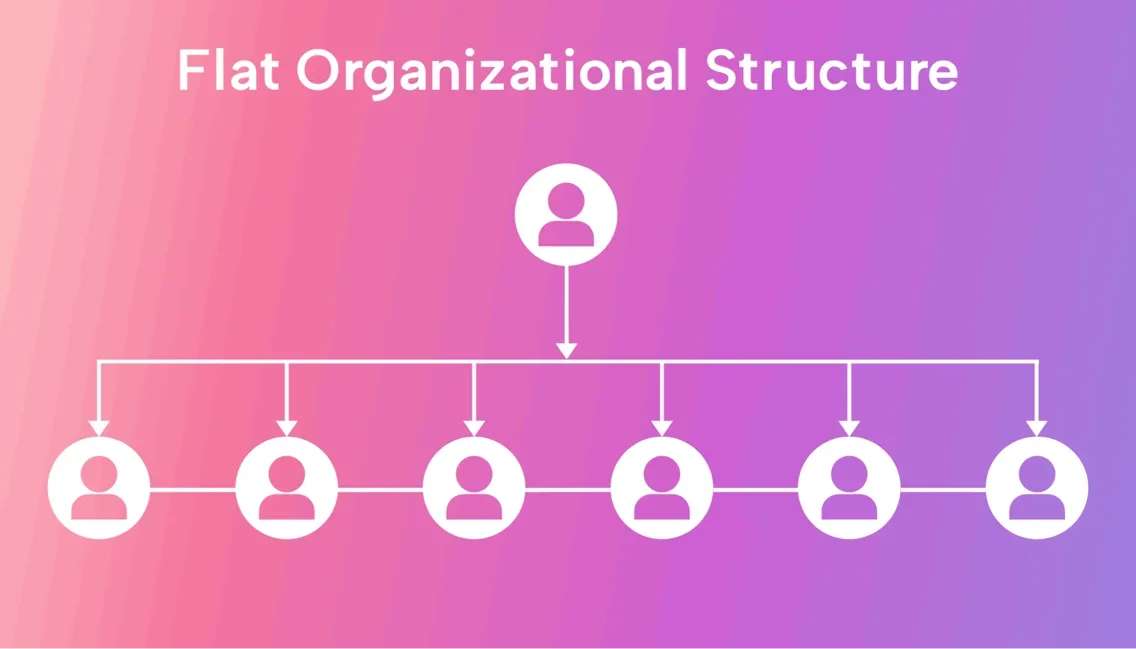Why Does Everyone Want a Flat Organization Structure?
A few years ago, I stepped in as a consultant to an organization facing major culture challenges. The organization had transitioned leadership in the middle of the pandemic's first year and had counted heavily on everyone understanding the organization's goal without effectively communicating about the collective efforts required to accomplish a shared goal. The leader had severely underestimated the amount of work it would take to align an institution to move in the same direction. What came next would be familiar to many people: each department head became the owner of a kingdom, coming to the organization to get resources but not to strategize together. Getting the resources was winning; not getting them was losing. Meanwhile, every boat was rowing in different directions.
One day, I received a phone call from one of their executives asking me if I believed in hierarchy and whether flat organizations were more fair or just. The inflection of the question let me know there was one right way to answer, and anything else would put me on a "bad" list. However, I had to be honest. I let them know that I thought there were many ways to solve problems together and that for some groups, hierarchy was appropriate if you could distribute power well. Flat organization structures could be great, but they also had their challenges. They were very quiet, thanked me for the answer, and got off the phone.
I knew I had answered the question in a way they didn't like, and to this day I wish I had spent more time giving my answer more life. It was the first of many times across the last five years that I've been asked that question.
Segregated institutions have done a lot of damage to all of us. Most use fear and fiat as a management strategy. It is no wonder many folks have a fantasy that a flat organization will fix the structural issues they encounter in their institution. I cannot express enough how flat institutional structures are not a panacea for what ails us—they have just been sparsely discussed in our popular imagination, so they get seen as the magic wand.
My experience of flat organizations is that they must have a TON more processes in order to maintain an equitable distribution of decision-making, work, and communication. In the absence of these systems, effective and strategic forward movement becomes imperiled. Social cliques start to form, and social approval ends up becoming the gateway to power. Marginalized identities are disproportionately punished for acting with the impunity of the majority. Responsibility becomes incredibly diffused, and strategic stewardship can be rare.
Truly effective flat organizations invest A LOT of time in alignment and decision-making authority. They spend a lot of time in systems building and systems training. They also make the building of the institution just as important for every team member - not just an operations team member.
In Jo Freeman's essay "The Tyranny of Structurelessness"—an essay written in the 70s that could have been written last week—she says, "The idea of 'structurelessness,' however, has moved from a healthy counter to those tendencies to becoming a goddess in its own right." While I don't agree with everything Freeman says in this essay, it is still an important piece to consider when thinking through and talking openly about the tradeoffs in institutional structure.
Ultimately, I read these asks as a team searching for something that feels more healthy. That impetus should be honored and taken seriously. It is an indicator—often an early indicator—that something feels off. We can't fault folks for turning to the one popular solution they know.
Here are some potential questions to ask yourself and your team:
What feels funky about the current distribution of power?
What decisions do you think a flat organization structure would make better?
How much transparency do people want into different parts of the organization?
How do you/they feel about the tradeoff of cognitive load and full transparency?
How do you/they feel about the tradeoff of more time on organization transparency and macro decision making vs more time on their specific expertise?
Is everyone willing to take on a 20% time investment in the systems and structures it takes to make the organization run effectively?
Do you feel the freedom to make the decisions necessary to get your job done well? What contributes to feeling or not feeling that freedom?
Are there places where you are confused about who gets to make the decisions?

